Green Milkweed Locust Phymateus leprosus (Stinksprinkaan)
Suborder: Caelifera. Infraorder: Acrididea. Superfamily: Pyrgomorphoidea. Family: Pyrgomorphidae. Tribe: Phymateini
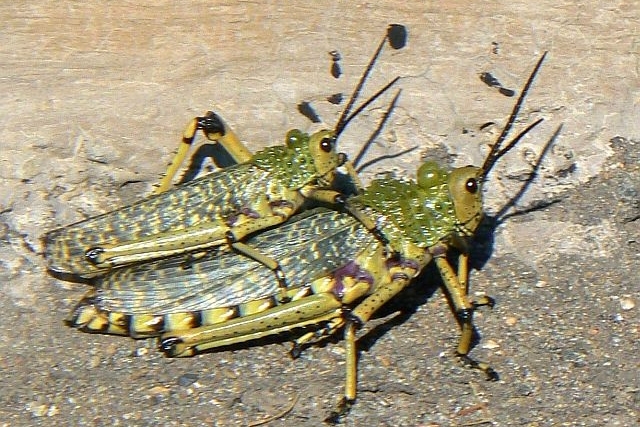
© Toko
Mating
Phymateus leprosus in Mountain Zebra National Park
The genus
Phymateus belongs to the family Pyrgomorphidae. These giant and colourful Orthoptera are popularly known as bush locusts or milkweed locusts. They inhabit semi-deserts with Karoo vegetation, tree savannas, as well as gardens and other cultivated areas.
All
Phymateus species use a wide range of food plants, including toxic families like Euphorbiaceae, Asclepiadaceae, and Apocynaceae, as well as many crop species and garden plants.
Description
A large grasshopper about 7 cm in body length with two large bumps on pronotum. It has an olive-green body, with mottled wings in an assortment of greens and black.
Raises and rustles wings when threatened and produces an evil-smelling foam from the thoracic joints.
Nymphs are a bright green and black colour.
Habitat
Phymateus leprosus occurs in the wild bush and scrubland of the coastal belt of South Africa.
Biology
The eggs are laid, probably in the ground, from June to August and do not hatch until March-May of the following year. The development of the hoppers extends over 12-13 months, and the adults live for several months, so that the full cycle occupies two years. The hoppers of all ages are gregarious and cluster together on low shrubs; they also undertake migrations in close narrow columns.
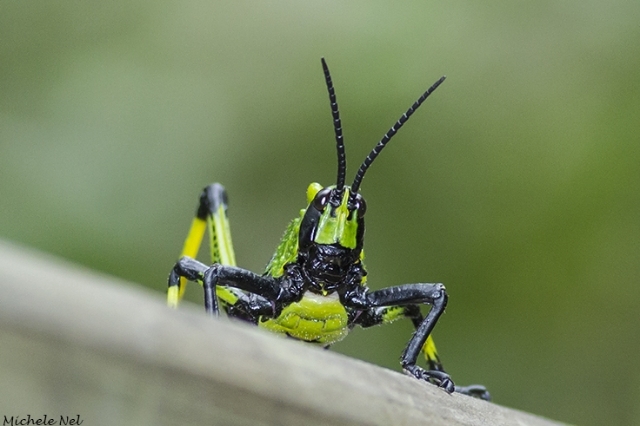
© Michele Nel
Nymph, Garden Route National Park, Wilderness, Half-collared Kingfisher Trail
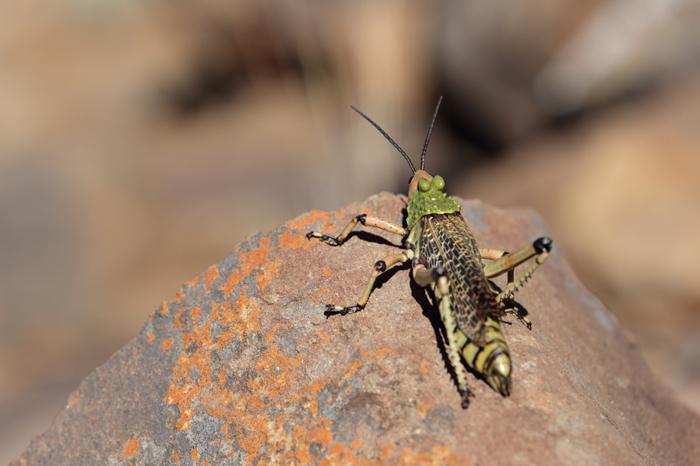
© Puff Addy
Montain Zebra National Park
Links:
https://www.zoologicalbulletin.de/BzB_V ... _et_al.pdf
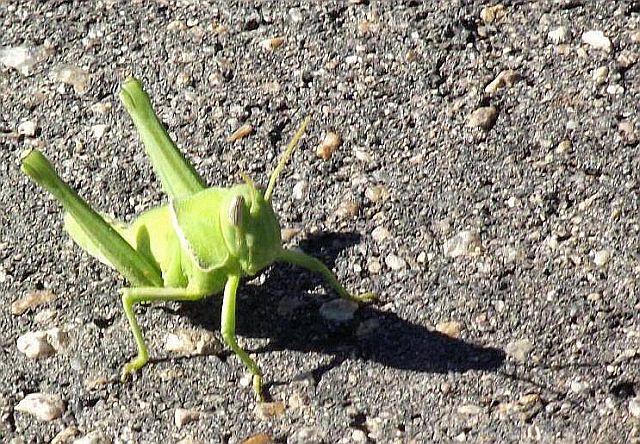 Nymph © mposthumus
Nymph © mposthumus




 © nan
© nan © nan
© nan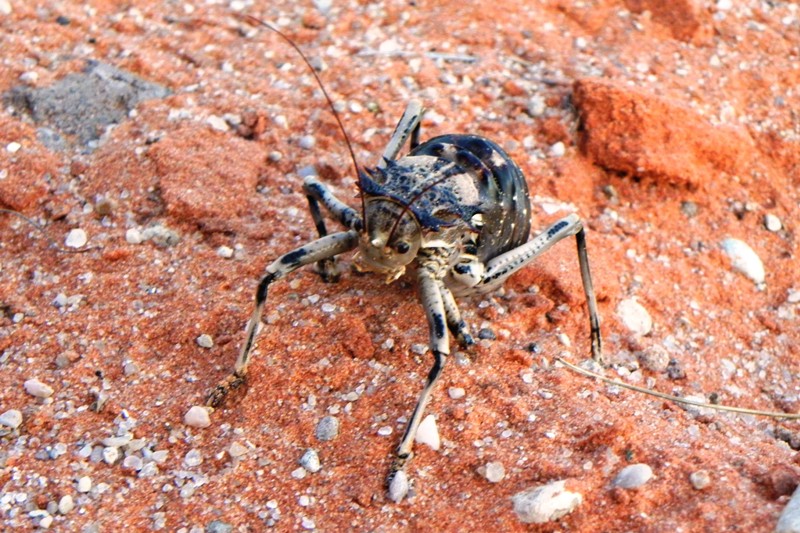 © Mel
© Mel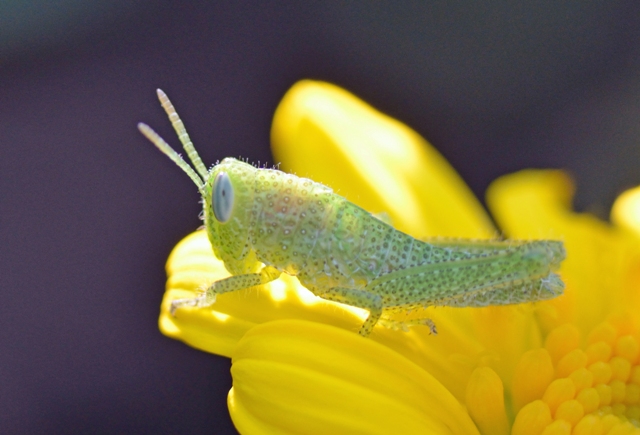 Nymph © BluTuna
Nymph © BluTuna © Toko
© Toko © Michele Nel
© Michele Nel © Puff Addy
© Puff Addy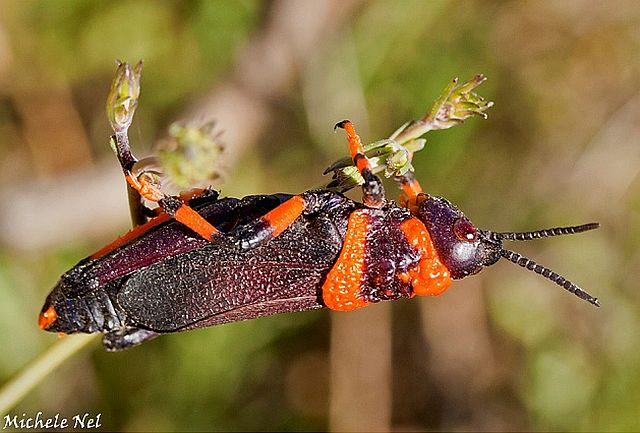
 © nan
© nan © BluTuna
© BluTuna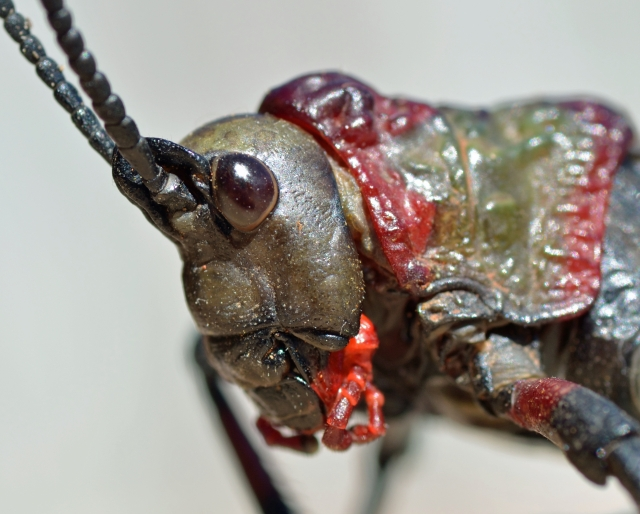 © BluTuna
© BluTuna © Flutterby
© Flutterby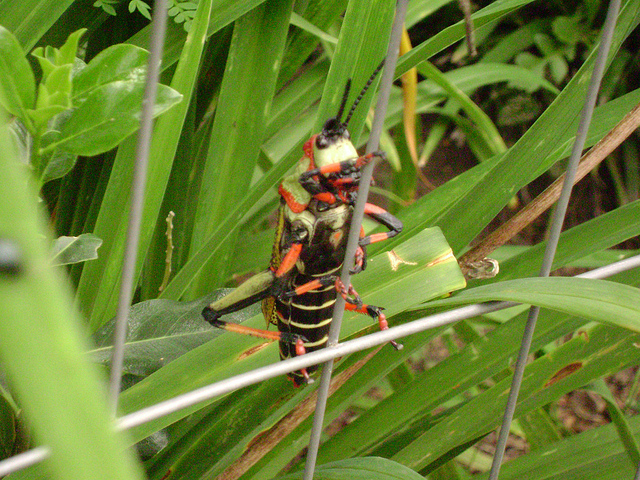 © Twigga
© Twigga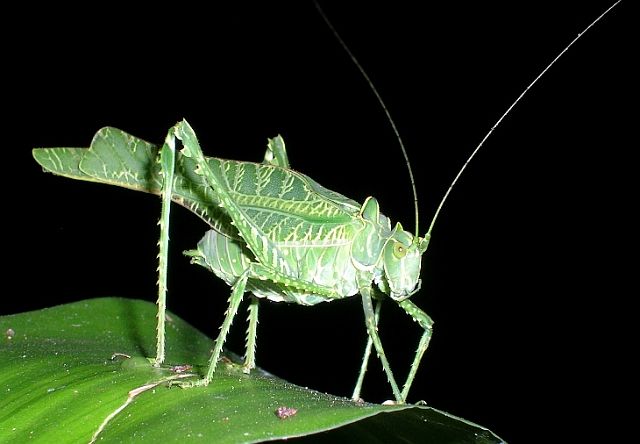
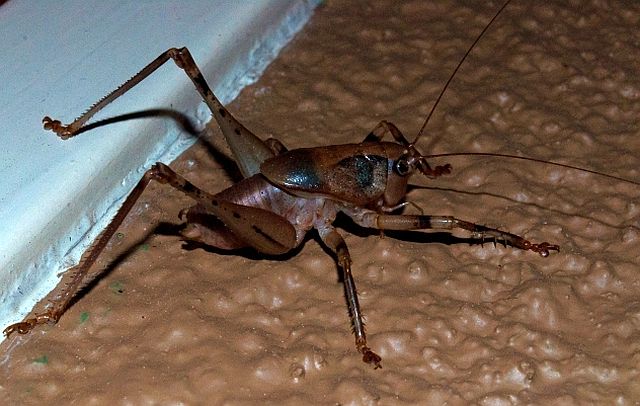 © BluTuna
© BluTuna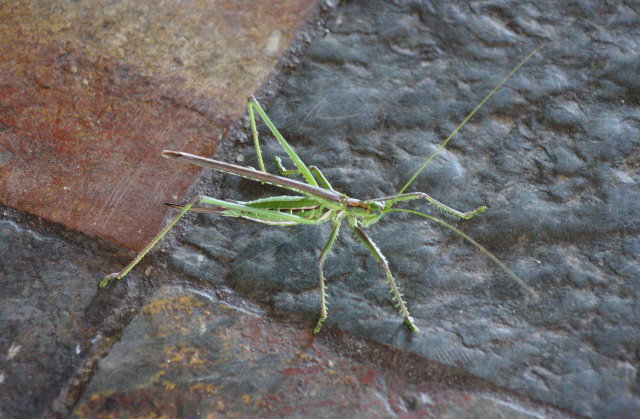
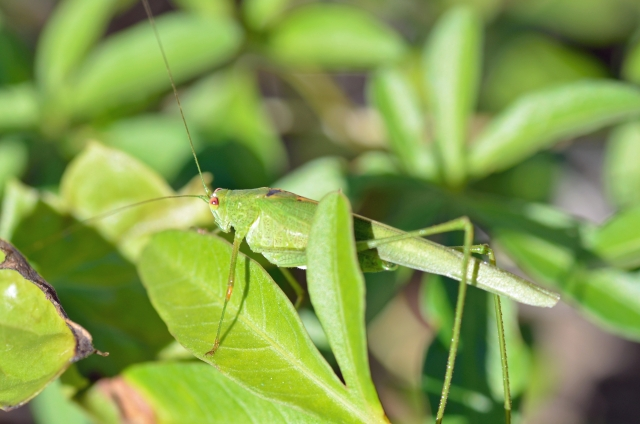 Male © BluTuna
Male © BluTuna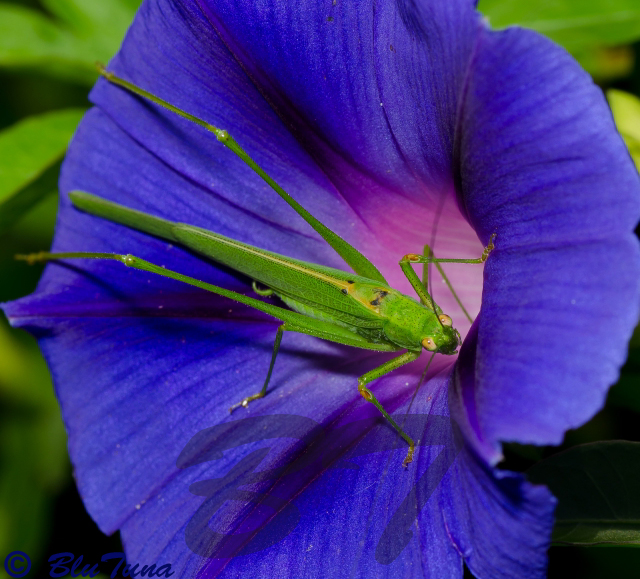 © BluTuna
© BluTuna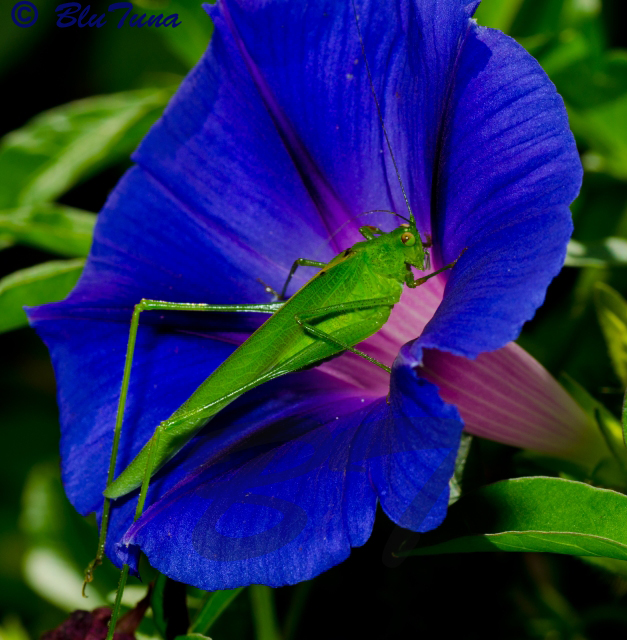 © BluTuna
© BluTuna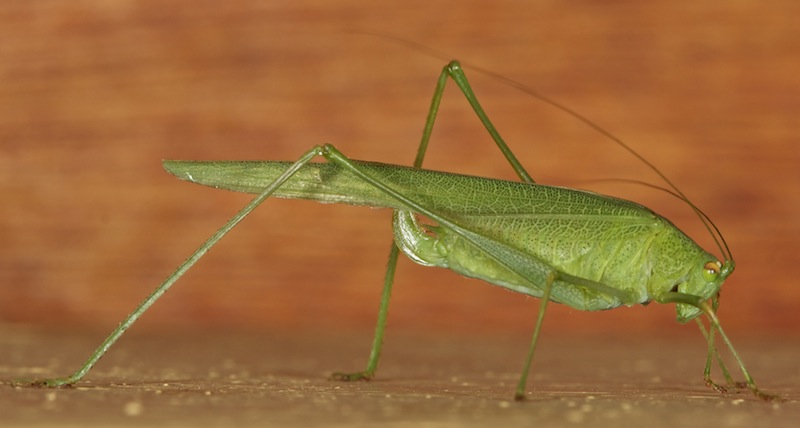 © ExFmem
© ExFmem